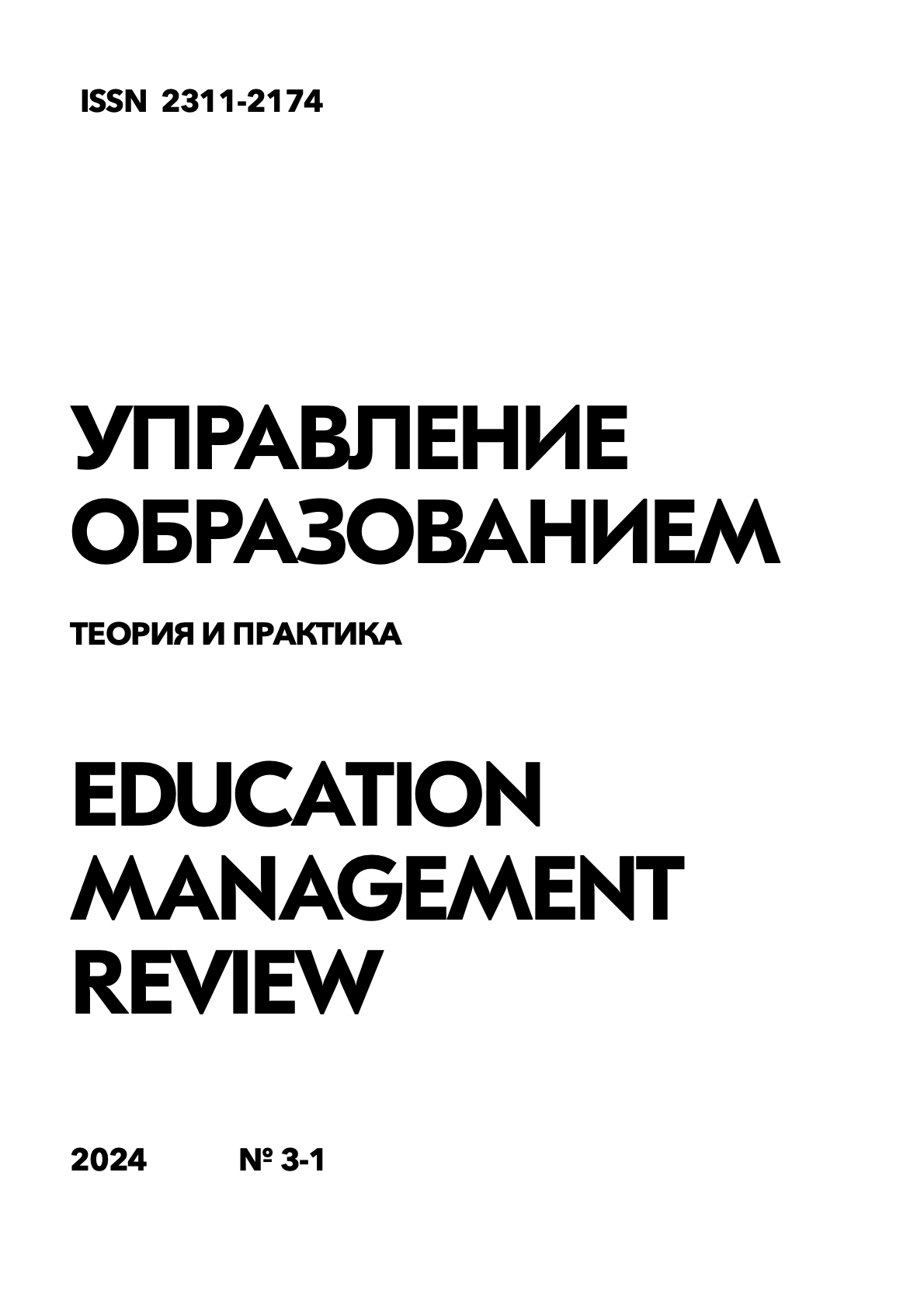Chinese Revolutionary Songs and the Formation of Collective Memory in Post-Reform and Opening-up China
DOI:
https://doi.org/10.25726/v3150-6068-1226-jKeywords:
choral singing, China, popularity, society, practice, training, pensionersAbstract
In the parks and public squares of Chinese cities, the collective practice of a variety of musical practices over the past three decades has formed one of the most audible and visible manifestations of shared being and doing in the People's Republic of China. Diverse in content, these classes have many common features. Whether it's tai chi, qigong or other exercises, dances "in the square" or dances of "ethnic minorities", reading, singing and playing musical instruments, they gather weekly or daily (in large numbers) men and women, mostly pensioners, who gather in one corner. from the park. These interactions in public space can be located on a continuum from initial meetings, initially spontaneous and then stabilized through repetition over time, to the creation of more organized groups (tuan), where certain participants take on specific roles and responsibilities. Even in the latter form, these meetings often remain open to newcomers. The activities observed in these spaces deserve analysis for the expressiveness that each brings. But in this article I will be particularly interested in collections that offer the opportunity to hear anew songs whose original context of creation and performance dates back to the Maoist era (1949-1976). Although propaganda during this period took on highly aestheticized and participatory forms, those who experienced it on a daily basis at the time continue to force choral works and other arias from exemplary revolutionary operas (gemin yangbanshi) to be heard through microphones and loudspeakers or in the noise of choirs. , learned in youth. This is not an isolated phenomenon: the commercialization of numerous compilations since the early 1990s has been part of this revival of Maoist musical productions. Added to this is the “red song” campaign launched in 2008 by Bo Xilai, then Chongqing municipal chief and member of the Communist Party Central Committee. However, choirs and performances by pensioners fit into these processes as much as they stand out from them. Like other events that can be seen in these public spaces, participants describe them as zifa, "spontaneous", as opposed to those that are "run by the private organization Yu Zuzhi De" and therefore belong to an official structure such as state or party.
References
Брайант Л.О. Музыка, память и ностальгия: коллективные воспоминания о песнях культурной революции в современном Китае // Китайское обозрение. 2005. №5 (2). С. 151-175.
Джонс Э.Ф. Песни с цитатами: портативные медиа и маоистская популярная песня», в издании Александра К. Кука «Красная книжечка Мао». Кембридж, издательство Кембриджского университета, 2014. 43-60 с.
Зиммель Г., Эверетт К.Х. Социология общительности // Американский журнал социологии. 1949. №55 (3). С. 254-261.
Ингольд Т. Резонаторы без оболочки: обыденные объекты или пучки аффектов? // Журнал этнографической теории. 2014. №4 (1). С. 517-521.
Миттлер Б. Просто победи! Популярное наследие музыки культурной революции // Музыка, политика и культурная преемственность. Бейзингсток, Пэлгрейв Макмиллан, 2016. С. 239-268.
Ришо Л. Между отношениями «С лицом» и «безликими» в общественных местах Китая: Забавные встречи и дружеские отношения, ориентированные на активность, среди горожан среднего и пожилого возраста в общественных парках Пекина // Urban Studies. 2018. №55 (3). С. 570-588.
Ришо Л. Мизансцена осведомленности и внимания: автограф одного из участников наблюдения за парком Пекина // Цивилизации, 2015. №64. С. 23-34.
Симпсон П. Провал без внимания. Постфеноменология звучного присутствия // Окружающая среда и планирование. 2009. №41 (11). С. 2556-2575.
Ушакин С. Эмоциональные схемы: военные песни как средство выражения эмоций // Интерпретация эмоций в России и Восточной Европе. ДеКалб, Издательство университета Северного Иллинойса, 2011. С. 248-276.
Фаркуар Д. Парк Пасс: заселение и цивилизация нового Старого Пекина // Общественная культура. 2009. №21 (3). С. 551-576.
Хабберт Д. Революция – это званый ужин: рестораны культурной революции в современном Китае // Китайское обозрение. 2005. №5 (2). С. 125-150.
Цай Ш. Современные китайские сериалы: формирование коллективной памяти о социалистической ностальгии посредством культурной революции // Визуальная антропология. 2016. №29 (1). С. 22-35.
Цянь Ц. От перформанса к политике? Конструирование публичности и контрпубличности в пении красных песен // Европейский журнал культурных исследований. 2014. №17 (5). С. 602-628.
Цянь Ц. Роль публичного человека: культура и идентичность массового досугового класса Китая // Город и сообщество. 2014. №13 (1). С. 26-48.
Шиффелин Э.Л. Проблематизация перформанса. Лондон-Нью-Йорк, Ратледж «Монографии Asa», 1997. 194-207 с.




